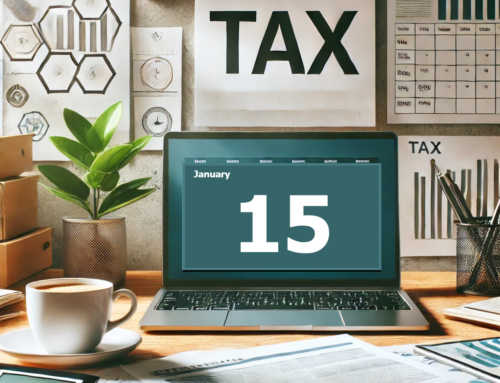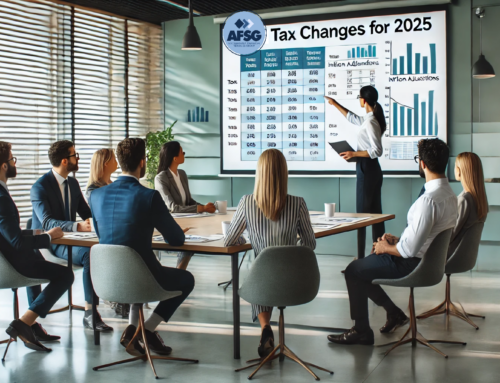(Source: IRS.gov)
Taxpayers who still file paper returns may find now is the best time to switch to e-file. Last year over 85 percent of taxpayers filed their taxes electronically. E-file is the fastest and safest way to file.
Here are the top seven reasons a taxpayer should file electronically in 2017:
- Accurate and Easy. IRS e-file is the best way to file an accurate tax return. The tax software helps taxpayers avoid mistakes by doing the math for them. It guides users through each section of a tax return. E-file is easier than doing taxes by hand and mailing paper tax forms.
- Safe and Secure. IRS e-file meets strict security guidelines. It uses modern encryption technology to protect tax returns. The IRS continues to work with states and tax industry leaders to protect tax returns from refund fraud. This new effort has put more safeguards in place to make tax filing safer than ever before. The IRS has processed more than one billion e-filed returns safely and securely.
- Convenient and Often Free. Taxpayers can e-file for free through IRS Free File. Free File is only available on IRS.gov. Taxpayers may qualify to have their taxes e-filed for free through IRS volunteer programs. Volunteer Income Tax Assistance offers free tax preparation for those earning $54,000 or less. Tax Counseling for the Elderly generally helps people who are age 60 or older. Taxpayers can buy commercial tax software or ask their tax preparer to e-file their tax return. Most paid preparers have to file their clients’ returns electronically.
- Faster Refunds. In most cases, e-file prevents mistakes and helps people get their refund faster. The quickest way to get a refund is to combine e-file with direct deposit into a bank account. The IRS issues more than nine out of 10 refunds in less than 21 days – however, some returns need further review and take longer.
- Prior-Year Tax Return. Taxpayers should keep a copy of their tax return. Beginning in 2017, taxpayers using a software product for the first time may need their Adjusted Gross Income (AGI) amount from their prior-year tax return to verify their identity. Taxpayers can learn more about how to verify their identity and electronically sign tax returns at Validating Your Electronically Filed Tax Return.
- Health Care Coverage Reporting. IRS e-file can help with tax provisions of the health care law. The software will walk users through each line on the tax form that relate to the Affordable Care Act.
- Payment Options. If taxpayers owe taxes, they can e-file early and set up an automatic payment on any day until the April 18 deadline. They can pay electronically from their bank account with IRS Direct Pay. Other payment options include electronic funds withdrawal and payment by debit or credit card. Visit IRS.gov/payments for details.


